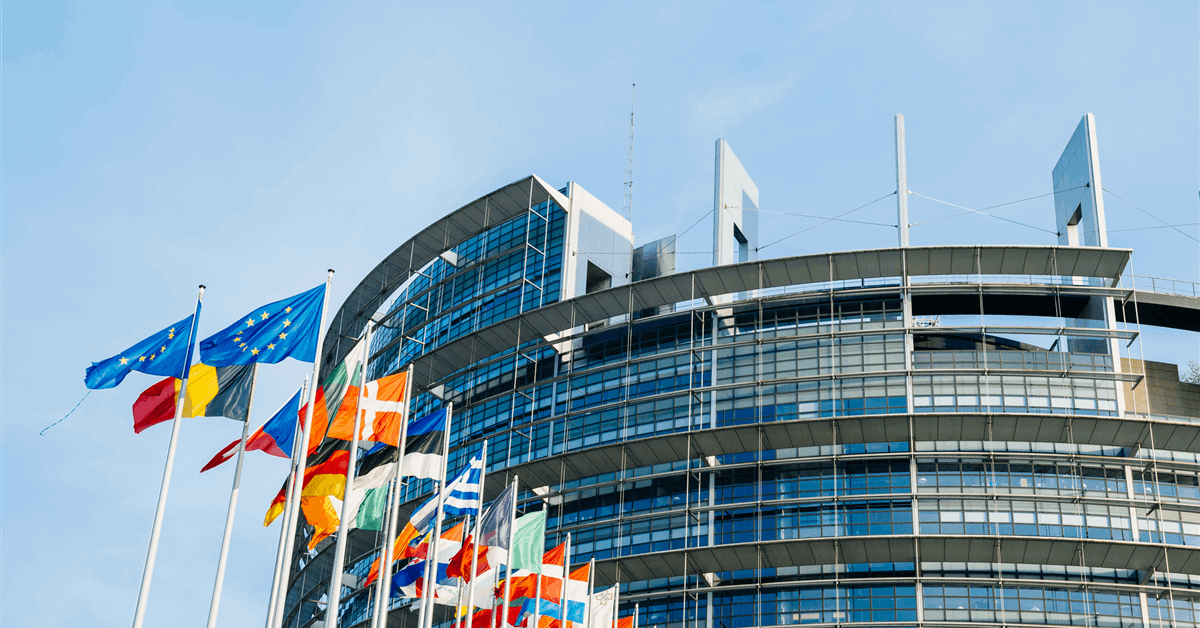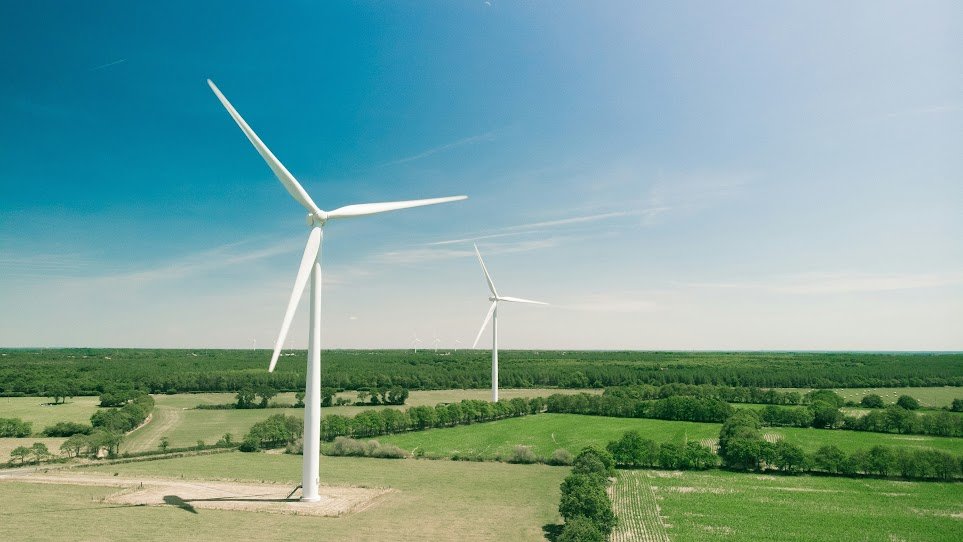On July 4, 2025, the European Union announced the distribution of EUR 3.66 billion ($4.31 billion) from the Modernization Fund to nine lower-income member states, aimed at boosting 34 energy transition projects. This marks the largest disbursement from the fund, now totaling EUR 19.1 billion since its inception in 2018.
The Modernization Fund was created to assist 13 lower-income EU countries in achieving climate neutrality by 2050, funded primarily through the auctioning of emission allowances under the EU Emissions Trading System (ETS). The recent funding will target greenhouse gas (GHG) emissions reductions across the energy, industrial, and transport sectors while enhancing energy efficiency.
Poland emerges as the top beneficiary, receiving EUR 1.33 billion, which will finance a clean air program focused on improving energy efficiency and replacing heating sources in single-family homes. Czechia follows with EUR 1.05 billion to develop projects for storing renewable energy. Romania is allocated EUR 712.3 million to enhance energy efficiency in its installations covered by the ETS.
Other countries receiving funds include Hungary, which will invest EUR 181.3 million in energy efficiency upgrades for public buildings; Croatia, designated EUR 170 million for renewable heating production and energy efficiency in heating and cooling systems; and Greece, awarded EUR 113.6 million to replace urban diesel buses with electric counterparts. Latvia will utilize EUR 40 million to enhance its power grid capacity, while Lithuania will receive EUR 37 million for large-scale energy storage projects. Slovenia rounds out the funding recipients with EUR 19.7 million for upgrading its electricity transmission and distribution networks to support renewable integration.
The remaining EU member states that are eligible for the Modernization Fund but did not receive funds in this round include Bulgaria, Estonia, Portugal, and Slovakia.
The funding mechanism operates through a cap-and-trade system, setting emission allowances that companies can buy and trade. While member states can allocate free allowances, reforms passed by the European Parliament and Council in April 2023 aim to phase out these zero-cost allowances by 2034, starting with a 2.5% reduction in 2026.
For future disbursements, the 13 eligible countries must submit priority proposals by August 12, 2025, and non-priority proposals by September 9, 2025. The priority investments will focus on modernizing energy systems and improving energy efficiency, as outlined in the EU ETS Directive.




